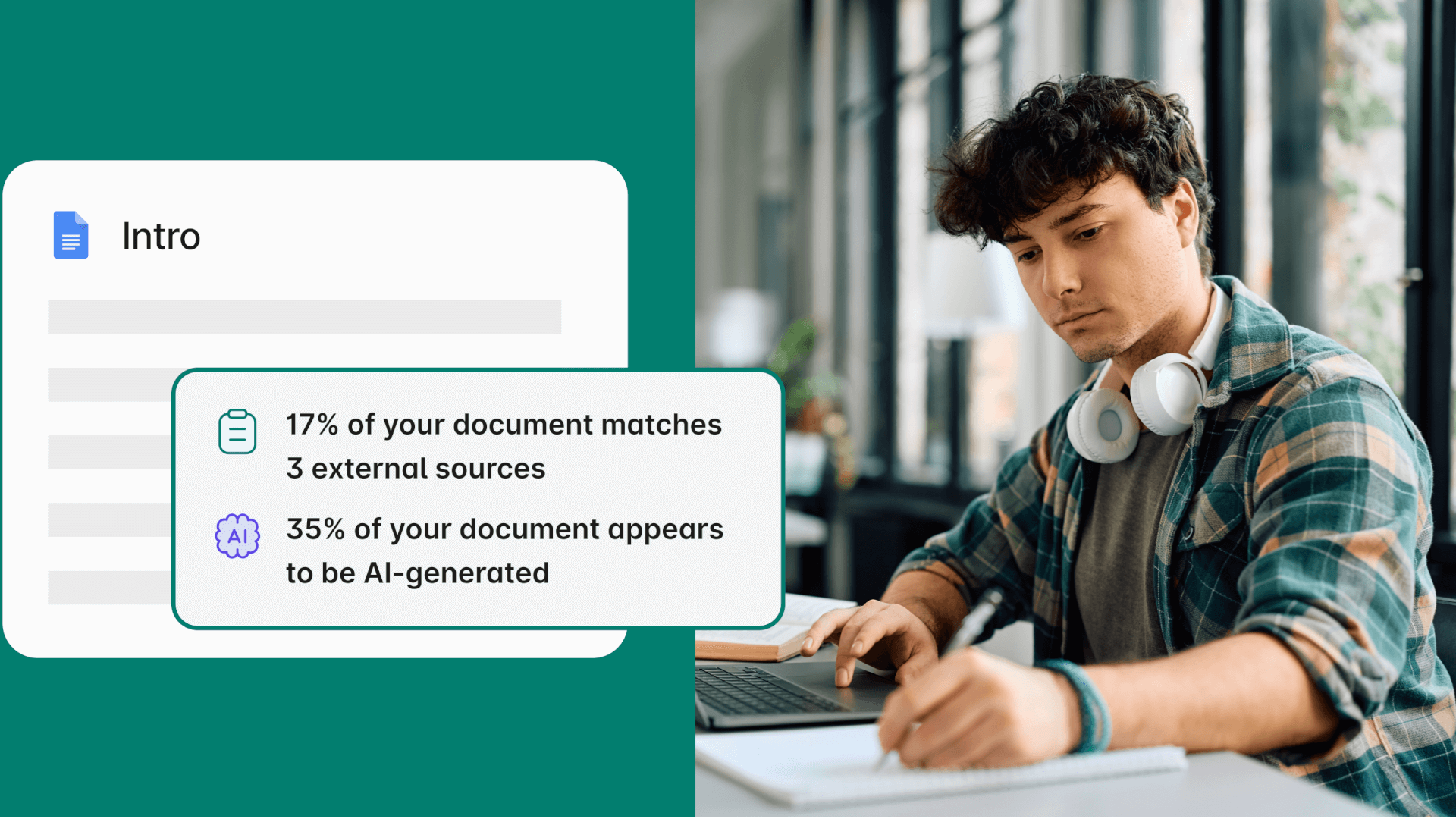Imagine having a personal writing coach at your fingertips, ready to guide you through the complexities of grammar, spelling, and tone. Grammarly, an AI-powered writing assistant, is doing just that for millions of users worldwide. Whether you're drafting an email, writing an essay, or crafting a social media post, Grammarly is there to enhance your writing clarity and conciseness.
Real-Time Feedback for Every Writer
Grammarly offers real-time suggestions that help writers of all levels improve their work. Its intuitive interface provides instant feedback, making it easier than ever to catch those pesky typos or awkward phrases. With its advanced algorithms, Grammarly ensures that your writing is not only grammatically correct but also clear and engaging.
One of the standout features of Grammarly is its ability to check for plagiarism, a crucial tool for students and professionals alike. By scanning your text against billions of web pages, Grammarly helps maintain the integrity of your work, giving you peace of mind and confidence in your writing.
Limitations in Creativity and Context
While Grammarly excels in enhancing clarity and conciseness, it does have its limitations. For those seeking to generate original content or requiring nuanced editing, Grammarly may not be the perfect fit. Its AI lacks deep contextual understanding, which can sometimes lead to suggestions that feel too rigid for creative writing.
"Grammarly is an excellent tool for improving basic writing skills, but it may not replace the need for a human editor when it comes to more complex, creative projects," says a seasoned writer and Grammarly user.
Empowering Writers Everywhere
Despite its limitations, Grammarly remains a powerful tool for empowering writers to express themselves more effectively. By focusing on the fundamentals of good writing, it helps users build confidence and develop their unique voice. Whether you're a student, a professional, or someone who simply loves to write, Grammarly can be an invaluable companion on your writing journey.
Originally published at https://www.techradar.com/pro/what-is-grammarly-everything-we-know-about-the-best-ai-writing-assistant
ResearchWize Editorial Insight
Reflecting on the article about Grammarly, it's clear that this tool holds significant value for both students and researchers, especially in educational settings. As teachers, we often witness the diverse writing abilities in our classrooms. Some students may struggle with basic grammar, while others might need help refining their voice or ensuring their work is plagiarism-free. Grammarly's real-time feedback can serve as a supportive guide, helping students to independently identify and correct errors, which is a crucial step in building their confidence and autonomy as writers.
For researchers, the tool's plagiarism detection feature is particularly noteworthy. It offers a layer of security, ensuring that their work maintains academic integrity. This is essential in fostering a culture of honesty and originality in academic research. However, it's important to remember that while Grammarly is a helpful assistant, it doesn't replace the nuanced feedback a human editor or teacher can provide, especially in creative or context-heavy writing.
Inclusion is another aspect where Grammarly can make a difference. By providing equal access to writing support, it can help level the playing field for students who may not have had the same opportunities to develop strong writing skills. This can be particularly empowering for students from diverse linguistic backgrounds or those with learning differences, as it offers them a tool to express their ideas clearly and confidently.
Ultimately, Grammarly can be a valuable companion in the educational journey, supporting both students and researchers in honing their writing skills. However, as educators, we should guide our students to use it as a tool for learning and growth, rather than a crutch, encouraging them to engage critically with the feedback it provides.
Looking Ahead
Inclusion will be at the heart of AI-driven education. These tools will be designed to understand and adapt to diverse learning needs, ensuring that every student feels seen and supported. AI can help identify when a student might need extra help or a new challenge, allowing teachers to focus their attention where it’s needed most. This will create a classroom atmosphere where every student can participate fully, feeling valued and understood.
The emotional side of schooling will also be nurtured by AI. By analyzing patterns in student interactions and performance, AI can provide insights into emotional well-being, alerting teachers to potential issues before they become obstacles. This proactive approach will help cultivate a classroom environment where emotional intelligence is developed alongside academic skills.
AI’s role will be like a seasoned gardener, providing the right conditions for each student to blossom. With the right balance of technology and human touch, education will become more than just a transfer of knowledge. It will be a compassionate community where students grow not just in intellect but in empathy and resilience, preparing them for a future where collaboration and understanding are key.
Originally reported by https://www.techradar.com/pro/what-is-grammarly-everything-we-know-about-the-best-ai-writing-assistant.
Related Articles
- Ed Tech Wishes and Worries for 2025
- PDFs to Smart Notes: Let Studocu AI Tools Level Up Your Exam Prep
- SciSummary Review: I Summarized a Study in Seconds
📌 Take the Next Step with ResearchWize
Want to supercharge your studying with AI? Install the ResearchWize browser extension today and unlock powerful tools for summaries, citations, and research organization.
Not sure yet? Learn more about how ResearchWize helps students succeed.

